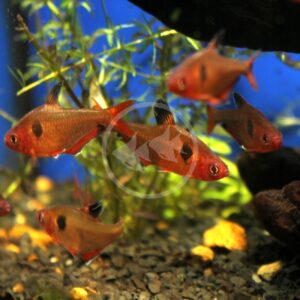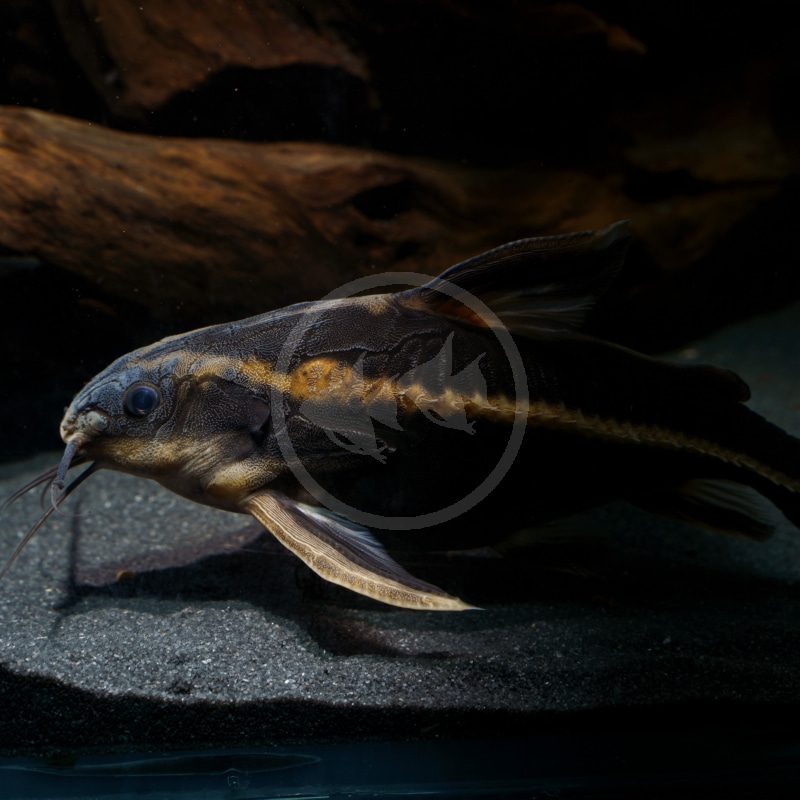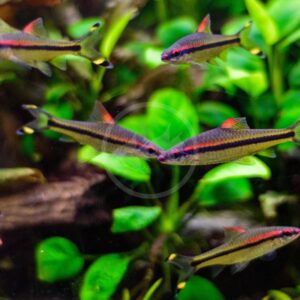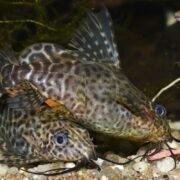

CATFISH – RAPHAEL STRIPED
Platydoras armatulus
$9.99 – $59.99Price range: $9.99 through $59.99
The Striped Raphael Catfish has a very large distribution across the Amazon basin in Colombia, Venezuela, Peru, Bolivia, and Brazil where it is found in slow-moving and standing waters of tributaries and swamps among tree roots and dense vegetation. This unique looking catfish has been a favorite in the hobby for decades because of its relatively hardy nature that makes it a great choice for beginners. Raphael catfish have a very broad head and narrower body that is patterned in horizontal dark and light stripes; these stripes are often more pronounced in juvenile specimens. A popular choice for scavenging, but know that the Raphael catfish is truly a nocturnal species. This means that it may hide during daylight hours, however some adult specimens have been observed to roam at any hour of the day. Raphael catfish are relatively peaceful so long as tank mates cannot become a meal. This species has been recorded to reach almost 10″ in the wild, but 6″ is more common for the home aquarium.
Care Level: Easy
Temperament: Peaceful
Live Plant Safe: Yes
General Description: The Striped Raphael Catfish has a very large distribution across the Amazon basin in Colombia, Venezuela, Peru, Bolivia, and Brazil where it is found in slow-moving and standing waters of tributaries and swamps among tree roots and dense vegetation. This unique looking catfish has been a favorite in the hobby for decades because of its relatively hardy nature that makes it a great choice for beginners. Raphael catfish have a very broad head and narrower body that is patterned in horizontal dark and light stripes; these stripes are often more pronounced in juvenile specimens. A popular choice for scavenging, but know that the Raphael catfish is truly a nocturnal species. This means that it may hide during daylight hours, however some adult specimens have been observed to roam at any hour of the day. Raphael catfish are relatively peaceful so long as tank mates cannot become a meal. This species has been recorded to reach almost 10″ in the wild, but 6″ is more common for the home aquarium.
Diet Requirements: Raphael catfish are omnivores. A diet made up of various high quality vegetable based and protein based flake foods, algae sinking pellet foods and bug bites are ideal, in addition to offering frozen foods such as bloodworms, brine shrimp and other freshwater mixes. Earthworms are a fun treat. Variety is the spice of life in order to maintain color, immune function and longevity of your fish.
Care Requirements: A minimum 30 gallon aquarium is ideal for a small Raphael catfish. The tank will need to be upgraded accordingly as it grows. This species should not be introduced into a biologically immature aquarium, as it is sensitive to nitrite and ammonia. The aquarium should be aquascaped with abundant rocks and driftwood for coverage and places to hide; some live floating plants would be appreciated to diffuse the lighting. Catfish require a sandy to fine substrate; too coarse of a substrate could cause injury to their barbels. Like other catfish, the Raphael catfish is an opportunistic scavenger, making them very beneficial to have to forage for extra food of all kinds that has fallen to the substrate. Given their potential large adult size and big mouth, Raphael catfish are not recommended for typical community aquariums with species that could easily be eaten. On the other hand, the docile temperament of Raphael catfish make them unsuitable to withstand an aggressive aquarium. A happy medium needs to be found to house this catfish successfully. Some compatible species include larger tetras, peaceful South American cichlids, larger livebearers, rainbowfish and other non-aggressive catfish. More than one Raphael catfish can be kept together; they will often share a dwelling during the daytime. Some body thrashing may be observed, but know this is just common posture adjustment behavior and not an act of territoriality. Recommended water conditions, 76-82° F, KH 2-20, pH 5.5-7.5.
Purchase Size: Small: 2” to 2-1/4”, Medium: 2-1/2” to 3”, Large: 3-1/2” to 4-3/4”, XLarge: 5”+
Note: Your item may not look identical to the image provided due to variation within species. Purchase sizes are approximate.
Dry goods orders are shipped via US Postal Service or UPS to the address provided at checkout based on the selection made in your website shopping cart. Product is carefully packed to help prevent any damage during shipping. Once processed you will receive a shipment notification via email with tracking number, and delivery notification. Please allow 48 hours for processing after your order is placed.
Perishable items (i.e. live plants, refrigerated/frozen foods) are shipped via US Postal Service 2-3 day to the address provided at checkout for a $25.00 flat rate charge. Items are packed with secure packing material and heat, cold, or Cryo packs as needed to maintain safe temperatures during transit. If one or more perishable items are in the shopping cart at checkout the $25.00 perishable shipping charge will automatically appear and need to be selected. Once processed you will receive a shipment notification via email with tracking number. Please allow 48 hours for processing after your order is placed.
Livestock (i.e. fish, invertebrates, coral) are shipped via UPS Overnight to the address provided at checkout for a $55.00 flat rate charge. Livestock is packed in insulated styrofoam boxes with secure packing material and heat, cold, or Cryo packs as needed to maintain safe temperatures during transit. If one or more livestock items are in the shopping cart at checkout the $55.00 livestock shipping charge will automatically appear and need to be selected. Livestock is shipped Monday through Wednesday ONLY (no weekend delivery is available) weather permitting, and we reserve the right to delay shipping until conditions are appropriate for safe arrival. Once your order is placed we will contact you to arrange the best shipping date based on these criteria. Someone must be available to receive the livestock order on the first delivery attempt. Once processed you will receive a shipment notification via email with tracking number. Please allow 48 hours for processing after your order is placed.
For mixed dry goods/perishable & livestock orders items will be shipped via their corresponding shipping methods outlined above. Dry goods will be shipped via US Postal Service or UPS based on your selection and checkout, while livestock will ship via UPS Overnight for a $55.00 flat rate charge. You will receive separate notifications and tracking numbers for the dry goods and livestock. Please note due to different carriers and shipping methods dry goods and livestock may arrive on different days.
Related products
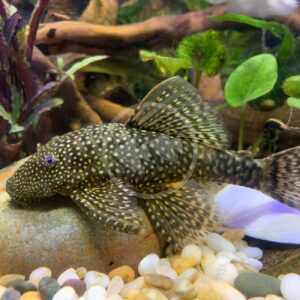
PLECOSTOMUS – BRISTLENOSE / BUSHYNOSE
Ancistrus sp.
$5.99 – $49.99Price range: $5.99 through $49.99
BARB – DENISONII / ROSELINE SHARK
Sahyadria denisonii
$12.99 – $79.99Price range: $12.99 through $79.99
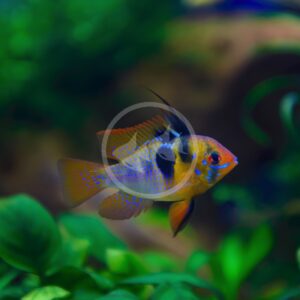
CICHLID – RAM GERMAN BLUE
Mikrogeophagus ramirezi
$12.99 – $24.99Price range: $12.99 through $24.99
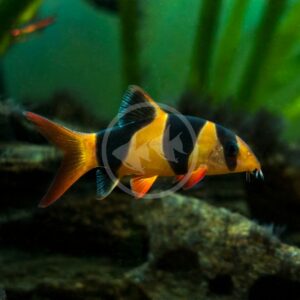
LOACH – CLOWN
Chromobotia macracanthus
$16.99 – $199.99Price range: $16.99 through $199.99
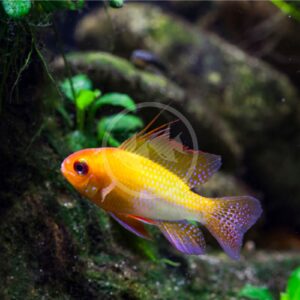
CICHLID – RAM GERMAN GOLD
Mikrogeophagus ramirezi
$5.99 – $26.99Price range: $5.99 through $26.99
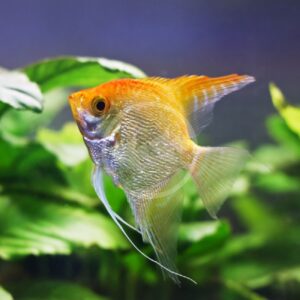
ANGELFISH – FW GOLD
Pterophyllum scalare
$9.99 – $19.99Price range: $9.99 through $19.99
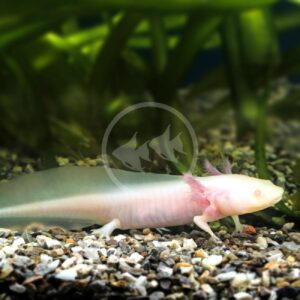
AXOLOTL – ALBINO
Ambystoma mexicanum
$99.99 – $149.99Price range: $99.99 through $149.99
